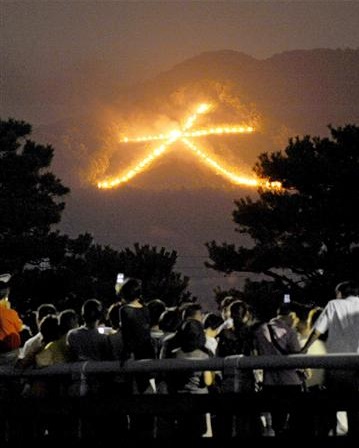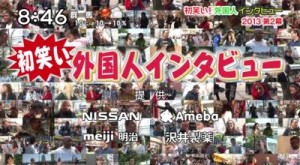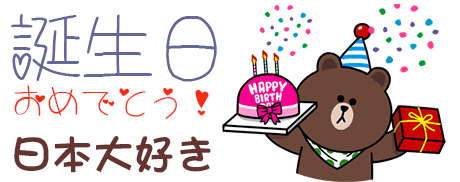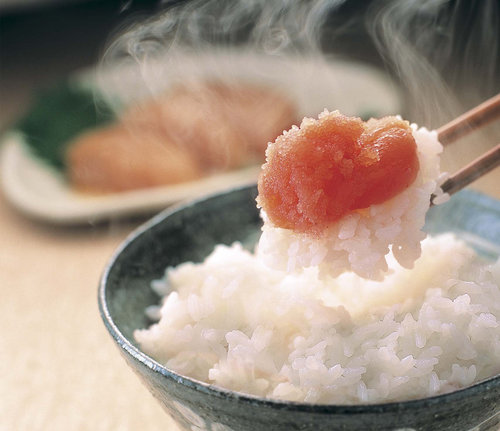
Big, large, great

This is my one of my favorite Kanji, and gets me somewhat high every time I notice it somewhere. Because of my presently limited knowledge of Kanji, I can only make out a handful of them from written text, so certainly when one of the most simple of Kanji like 大 appear, it makes me want to instantly scream – TAI/DAI!
大 means large or great (also university). When attached to another Kanji (either before or after), usually acts like an adjective.
For example:
大学
Large + Learning/School = High school or University
大水
Large + Water = Flood
大男
Large + Man = Giant / Great man
大雨
Large + Rain = Heavy rain
Though this is not always the case for every usage, as compound Kanji often don’t make sense. It is also used with Okurigana such as 大して (taishite) or 大きく (ōkiku). As you’ve noticed already, and with every Kanji having several readings, it is read as:
On-yomi: だい (dai), たい (tai), た (ta)
Kun-yomi: おお (ō), おおきい (大きい, ōkii), おおいに (大いに, ōini)
So you cannot just go reading it DAI everywhere just because it sounds better, as I would have liked, lol. You’ll have to learn as many commonly used words out there that contain 大 to know the readings, if you end up getting obsessed with the character.
Speaking of obsession, even the Japanese celebrate a festival Daimonji (大文字), where large (pun intended) bonfires are lit, one forming the shape of 大.


Note that 大文字 (daimonji) also translates to “the character 大 dai”, wherein 文字 (monji) is the word for “character”.










